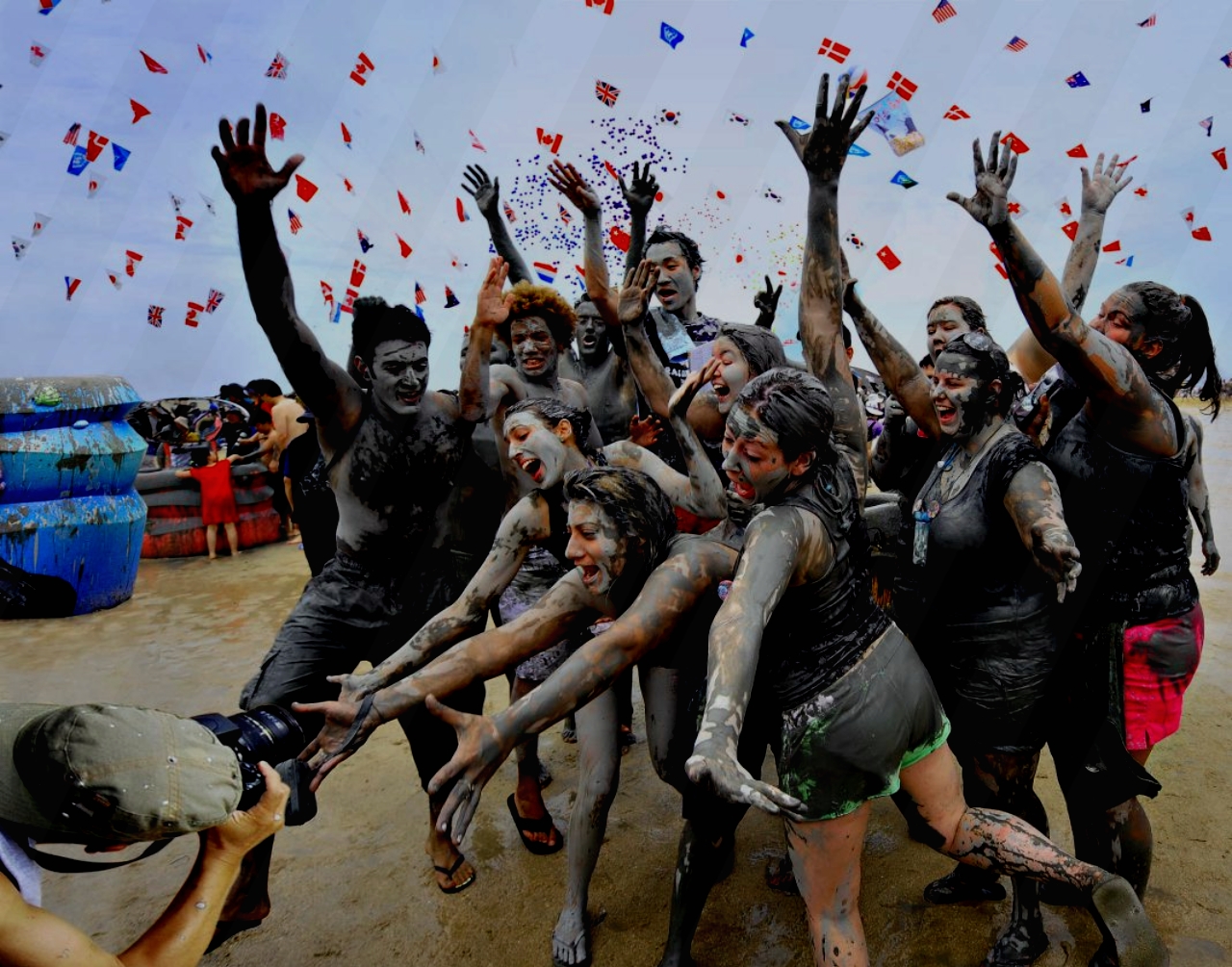Often, actors are perceived as inhabiting a realm separate from the everyday realities of ordinary people. Yet, significant events and tragedies have a way of grounding them in the same experiences as everyone else. Few events are as monumental as war. Today, we explore ten actors who served in World War II.
1. Desmond Llewelyn
Desmond Llewelyn, known to James Bond fans as the legendary Q, head of the research and development team providing Bond with his signature gadgets, held the role for nearly four decades across 17 Bond films—the longest tenure of any actor in the franchise.
However, Llewelyn’s acting career faced an early interruption due to World War II. Born in Newport, Wales, he moved to London in 1934 to pursue acting at the Royal Academy of Dramatic Art. His screen debut came in the 1939 comedy Ask a Policeman starring Will Hay. Shortly thereafter, the outbreak of World War II changed the course of his life. Commissioned as a second lieutenant with the Royal Welsh Fusiliers, Llewelyn was deployed to France.
In 1940, during combat in Lille against a Panzer division, his unit was overwhelmed and captured. Llewelyn attempted to escape from his confinement in Laufen but was caught, leading to his transfer to Colditz Castle, a notorious POW camp where he remained for the duration of the war.
2. Lenny Bruce
Before Lenny Bruce became a pivotal figure in counterculture and faced landmark obscenity laws, he served as a seaman aboard the USS Brooklyn warship during World War II. Bruce enlisted in the US Navy at just 16 years old, participating in four overseas invasions in Northern Africa and Italy.
In 1945, Bruce decided to exit the Navy and employed a strategic maneuver: he feigned homosexuality to secure a discharge. He initially hinted at his “homosexual tendencies” to the medical officer, who then reported it to the ship’s commander. Bruce was subsequently called for a “neuro-psychiatric consultation,” during which he admitted his inclination was becoming increasingly difficult to resist.
The evaluation determined Bruce was truthful, not merely attempting to evade service. Convinced of Bruce’s sincerity, the commander recommended his discharge or transfer to a shore-based station. A few weeks later, Bruce was granted a dishonorable discharge, which he successfully petitioned to change to an honorable one over time.
Decades later, Bruce’s creative approach inspired the character of Corporal Klinger, known for cross-dressing, on the television series M*A*S*H.
3. James Arness
James Arness may not immediately ring a bell for everyone, but Western enthusiasts know him as Marshal Matt Dillon from Gunsmoke, a role he portrayed for two decades across more than 600 episodes. Yet, before gracing the small screen, Arness led a remarkable military career marked by bravery and sacrifice during World War II, where he earned accolades such as the Purple Heart and Bronze Star for his valor at the Battle of Anzio.
When the United States entered the war, Arness aspired to become a Navy pilot but was deemed too tall for aviation. Undeterred, he joined the Army and became part of the 3rd Infantry Division that landed at Anzio in 1944 as part of the intense Italian Campaign. His height once again played a role when he was chosen to test the water depth upon landing.
While Arness emerged unharmed from the initial battle, he suffered a severe injury during a night patrol when he inadvertently walked into a machine gun nest. His right leg sustained multiple gunshot wounds, resulting in significant bone damage. Although he survived, numerous surgeries were required to mend his leg, ultimately shortening it by more than half an inch. For the rest of his life, Arness relied on lifts to compensate for the discrepancy in leg length caused by his wartime injury.
4. James Stewart
When it comes to military careers among actors, few can match Jimmy Stewart’s remarkable journey. Already a celebrated star with iconic films like “Mr. Smith Goes to Washington” and “It’s a Wonderful Life” to his credit, Stewart’s path took a patriotic turn that culminated in his retirement as a Brigadier General.
Raised in a family with strong military roots, Stewart initially supported the war effort through recruitment drives and public appearances, much like David Niven and Henry Fonda. However, driven to contribute more, Stewart leveraged his skills as a licensed commercial pilot to enlist in the Air Force. After intensive training in New Mexico as a bombardier, he was stationed in Britain, assuming command of the 703rd Bomb Squadron.
Stewart flew an impressive 20 bombing missions during World War II, a feat that far exceeded the average aircrew’s combat tenure, which often ended in fewer missions due to the dangers involved. His bravery and leadership earned him multiple commendations, solidifying his reputation as a capable military officer.
Even after the war concluded, Stewart remained committed to his military service, continuing in the Air Force Reserve. His dedication endured through the turbulent Vietnam War era, where he undertook his final mission as an observer. With this, Stewart gracefully retired from military duty, capping off a distinguished career that blended Hollywood stardom with a deep-seated commitment to national service.
5. Mel Brooks
Before achieving fame in Hollywood with classics like “Blazing Saddles” and “Young Frankenstein,” Mel Brooks began his career in the military. At the age of 17, while still in high school, Brooks joined the Army Specialized Training Reserve Program after scoring highly on an aptitude test administered by an army recruiter who visited his school.
He continued his education in engineering at the Virginia Military Institute and officially entered active duty when he turned 18. Serving as a combat engineer with the 1104 Engineer Combat Battalion, 78th Infantry Division, Brooks played a vital role in clearing landmines and constructing bridges. Despite his primary role, his unit also engaged in infantry combat and participated notably in the Battle of the Bulge.
During his military service, Brooks found an outlet for his comedic talents by joining a Special Services unit that organized and performed variety shows for troops stationed overseas. This early exposure to entertainment laid the foundation for his illustrious career in comedy and filmmaking after the war ended.
6. Don Adams
Before becoming famous as Don Adams, the TV actor known for his iconic role as Maxwell Smart in “Get Smart,” Donald James Yarmy had a harrowing experience during World War II that nearly claimed his life.
As the war began, Adams left high school and enlisted in the Marines. After basic training in North Carolina, he was assigned to I Company, 3rd Battalion, 8th Marines, and deployed to Samoa. On August 7, 1942, Adams participated in the initial assault on Guadalcanal, where he was shot by a Japanese sniper. However, it was contracting blackwater fever, a severe form of malaria with a high fatality rate, that posed the greatest threat.
Doctors gave Adams little chance of survival, but he defied the odds and eventually recovered after spending a year in a hospital in New Zealand. Despite his near-death experience, Adams retained a fondness for military life and upon returning to the United States, he became a drill instructor for Marine recruits.
7. Charles Bronson
Charles Bronson’s iconic tough-guy image was a reflection of his real-life resilience. Raised in poverty in Pennsylvania within a large family of Lithuanian immigrants, Bronson worked in coal mines as a teenager following his father’s passing to support his family.
During World War II, Bronson was drafted and underwent gunnery training in Arizona before joining the 61st Bombardment Squadron, 39th Bombardment Group stationed in Guam. Flying missions aboard a B-29 “Superfortress,” he engaged in combat in the Pacific Theater, completing 25 missions and earning a Purple Heart for his bravery.
Utilizing the GI Bill post-war, Bronson transitioned into acting. His debut role fittingly cast him as a sailor in a military production, marking the start of his storied career in Hollywood.
8. James Doohan
The first entry on this list, who participated in D-Day, James Doohan is renowned among sci-fi enthusiasts as Scotty from the original Star Trek series. Born in Vancouver, British Columbia, Doohan joined the Royal Canadian Army Cadet Corps in 1938 after completing high school. A year later, he enlisted in the Royal Canadian Artillery and was subsequently deployed to Britain in preparation for Operation Overlord, also known as the Battle of Normandy.
On D-Day, Doohan’s regiment landed on Juno Beach, where he personally eliminated two enemy snipers. While he emerged unscathed from the initial battle, he narrowly escaped death later that night from friendly fire. Sneaking away for a cigarette break, Doohan returned to the camp only to be mistaken for an enemy by a nervous Canadian sentry who shot him six times. Most of the bullets struck his leg, though one shot resulted in the loss of his right middle finger. Throughout much of his acting career, Doohan concealed his missing finger with prosthetics, although keen-eyed viewers can spot moments in Star Trek where his amputation is visible.
9. Henry Fonda
Unlike many of his Hollywood counterparts, Henry Fonda was already a celebrated star when he made the decision to pause his acting career and enlist in World War II. Making his debut in 1935, Fonda quickly ascended to fame with roles in films like “Jezebel” and “The Grapes of Wrath.”
Initially, Fonda contributed to the war effort by starring in films that raised funds and boosted morale. However, he felt compelled to experience real combat rather than portraying it on screen. In 1942, he enlisted in the Navy and served initially as a Quartermaster 3rd Class aboard the USS Satterlee destroyer. Later, he was commissioned as a Lieutenant Junior Grade in Air Combat Intelligence, participating in operations in the Central Pacific.
Fonda’s superiors commended him for his leadership qualities, military bearing, loyalty, judgment, and intelligence, qualities that earned him a Bronze Star Medal for his service. Even after the war, Fonda continued his military commitment by serving an additional three years in the Naval Reserve. His wartime service underscored his dedication both to his country and to embodying the ideals of leadership and duty.
10. David Niven
David Niven epitomized the quintessential English gentleman on screen: debonair, polished, and articulate. However, off-screen, he was not afraid to get his hands dirty and serve his country.
Unlike others on this list, Niven’s military career began before World War II. Born into a military family, he attended the Royal Military College at Sandhurst, graduating in 1930 with a commission as a second lieutenant. Finding himself less enamored with military life’s strict structure, he transitioned into acting.
When World War II broke out, Niven was already an established leading man, having recently starred as Raffles, the gentleman thief. Yet, upon Britain’s entry into the conflict, he put his acting career on hold and returned home to enlist. Joining the Commandos, he was assigned to “A” Squadron GHQ Liaison Regiment, nicknamed “Phantom.” By the time of D-Day, he had risen to command the unit, leading them into the pivotal Battle of Normandy. However, Niven remained notably reticent about discussing his wartime experiences following the war.






